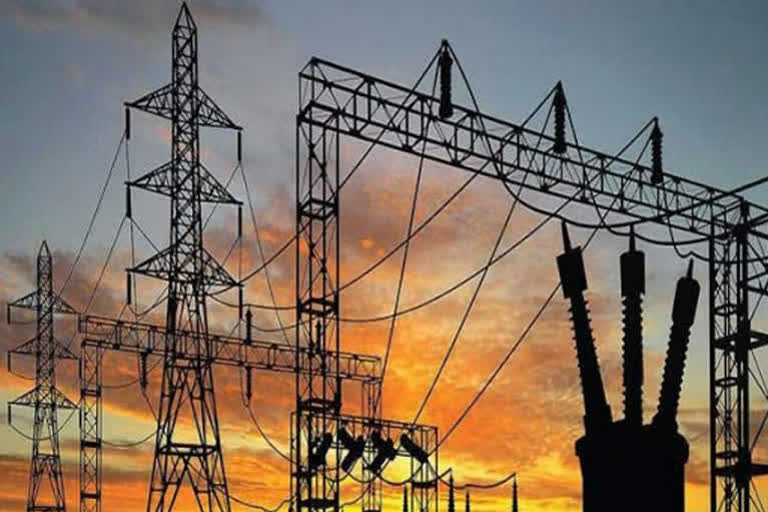New Delhi: The Union government's ambitious Rs 90,000 crore plan to inject liquidity for electricity distribution companies has been a non-starter as state governments are reluctant to extend guarantees on loans given to such discoms due to their own precarious financial condition.
Sources in PFC and REC, the agencies identified for liquidity injection into discoms through loans on easy terms, said that very few proposals have come from distribution companies to get loans against receivables (from state governments) for paying back dues of generators.
And a few that have come are not backed by state guarantees, and so become ineligible for disbursal under the terms of the scheme.
"The state governments are reluctant to guarantee loans given to discoms for the sole purpose of discharging their dues to gencos. We are trying to convince that this would help in making their discoms viable and make them operationally stronger, but very few seem to be convinced," said officials in the know of the development.
The state governments are already facing revenue crunch as COVID-19 lockdown and disruptions in business activities have severely hurt their tax collections.
Goods and Services Tax collections for April and May, for most states, have fallen over 80-85 per cent, putting the states to turn to high-cost borrowings to meet their expenditure.
The Centre has also increased the borrowing limit for the states for meeting financial exigencies. At this juncture, none seem to be convinced to put further strain on their balance sheets to meet discoms' liabilities towards gencos and rather want the Centre to foot the bill.
Read more: 'GST e-filing may hamper, if Chinese hardware can't be procured'
As per the Atmanirbhar package announced by Union Finance Minister Nirmala Sitharaman on May 13, Power Finance Corporation (PFC) and Rural Electrification Corporation (REC) were to infuse liquidity of Rs 90,000 crore into the discoms in two equal instalments.
The amount of soft loan a discom could get was dependent on the amount it owed to power generation and transmission companies and its receivables from the state government.
What has added to the problem is Power Minister R K Singh's statement to the 15th Finance Commission recently wherein he said that the states' borrowing limits under the Fiscal Responsibility and Budget Management (FRBM) Act should be recalibrated to take into account the liabilities of their discoms.
This would mean that states would have to stay within deficit limits, including their discoms liability, while planning their borrowings. This, the states fear, would limit their ability to raise funds for other important expenditure needs.
The discoms' dues towards gencos has risen to Rs 94,000 crore and this is making their operations unsustainable as unpaid power producers are looking to stop power supplies to states.
The Covid-19 outbreak and subsequent lockdown have squeezed the power demand sharply in March, April and May. The fall has been so sharp that power demand for the full year 2020-21 is set to report a 1 per cent decline, the first time in almost 36 years.
Not only this, with expectation that lockdown may continue in large parts of the country for some more time, the discoms are set to return to yesteryear's scenario of adding losses after losses every year to make their operations unviable. Extension would also impact the demand further.
According to an analysis done by rating agency Moody's unit ICRA, expected losses at state-run electricity distribution utilities (doscoms) would rise by two third to Rs 50,000 crore in FY21 with an addition of Rs 20,000 crore in book-level losers in current year itself.
Discoms have already been reeling under low demand conditions for some time and this has impacted their revenue and ability to service payment dues to generators.
Accordingly, the debt-laden discoms' overdue payments to electricity generators had risen to Rs 94,000 crore now, more than 50% higher compared with the same period last year.
What has added to the problems of discoms is that the lockdown has also resulted in consumption decline from high-tariff paying industrial and commercial consumers (tariff is almost twice that for households) and the likely delays in cash collections from other consumer segments.
(IANS Report)



